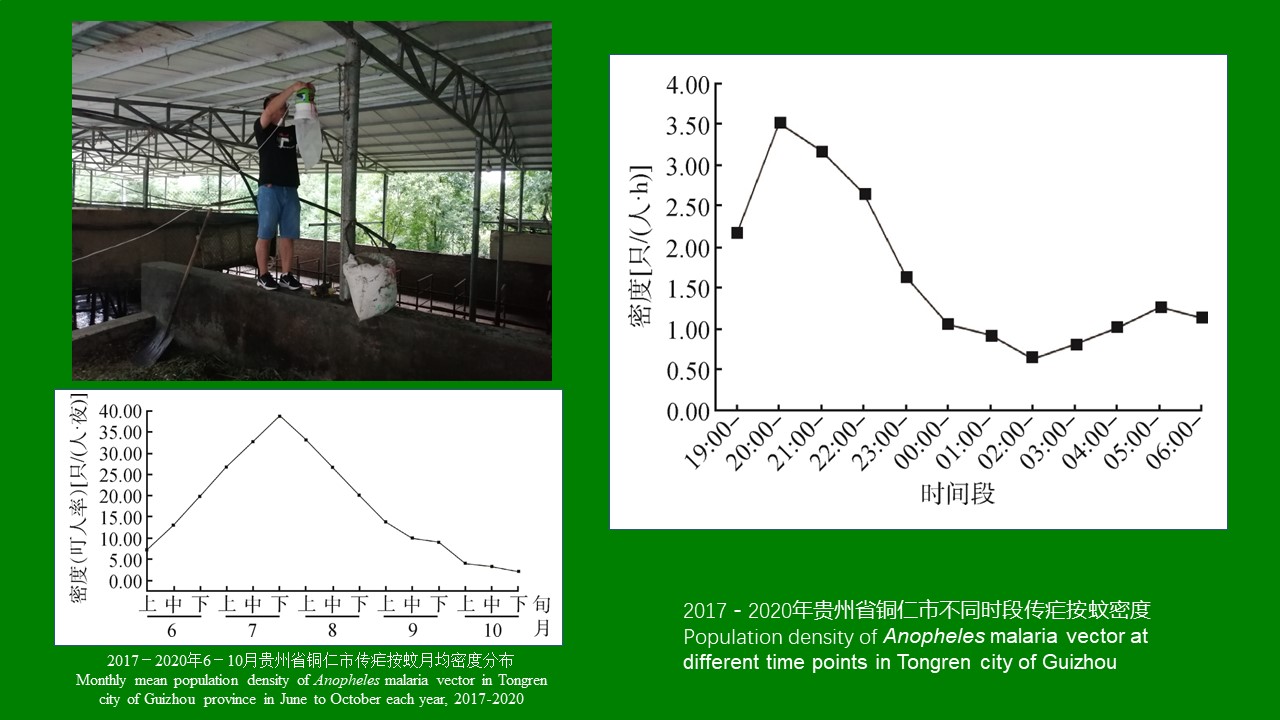 PDF(828 KB)
PDF(828 KB)


贵州省铜仁市2017-2020年传疟媒介按蚊监测结果分析
丁旭, 任达飞, 张爱华, 高前荣, 龙正锦, 郑佳敏
中国媒介生物学及控制杂志 ›› 2022, Vol. 33 ›› Issue (4) : 530-535.
 PDF(828 KB)
PDF(828 KB)
 PDF(828 KB)
PDF(828 KB)
贵州省铜仁市2017-2020年传疟媒介按蚊监测结果分析
 ({{custom_author.role_cn}}), {{javascript:window.custom_author_cn_index++;}}
({{custom_author.role_cn}}), {{javascript:window.custom_author_cn_index++;}}Surveillance results of malaria vectors Anopheles in Tongren city of Guizhou province in China, 2017-2020
 ({{custom_author.role_en}}), {{javascript:window.custom_author_en_index++;}}
({{custom_author.role_en}}), {{javascript:window.custom_author_en_index++;}}
| {{custom_ref.label}} |
{{custom_citation.content}}
{{custom_citation.annotation}}
|
/
| 〈 |
|
〉 |